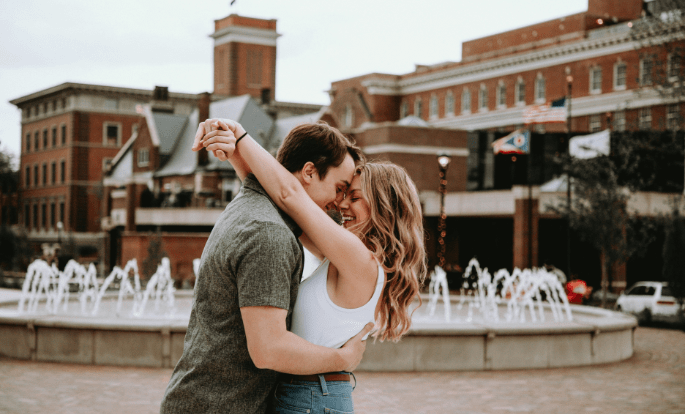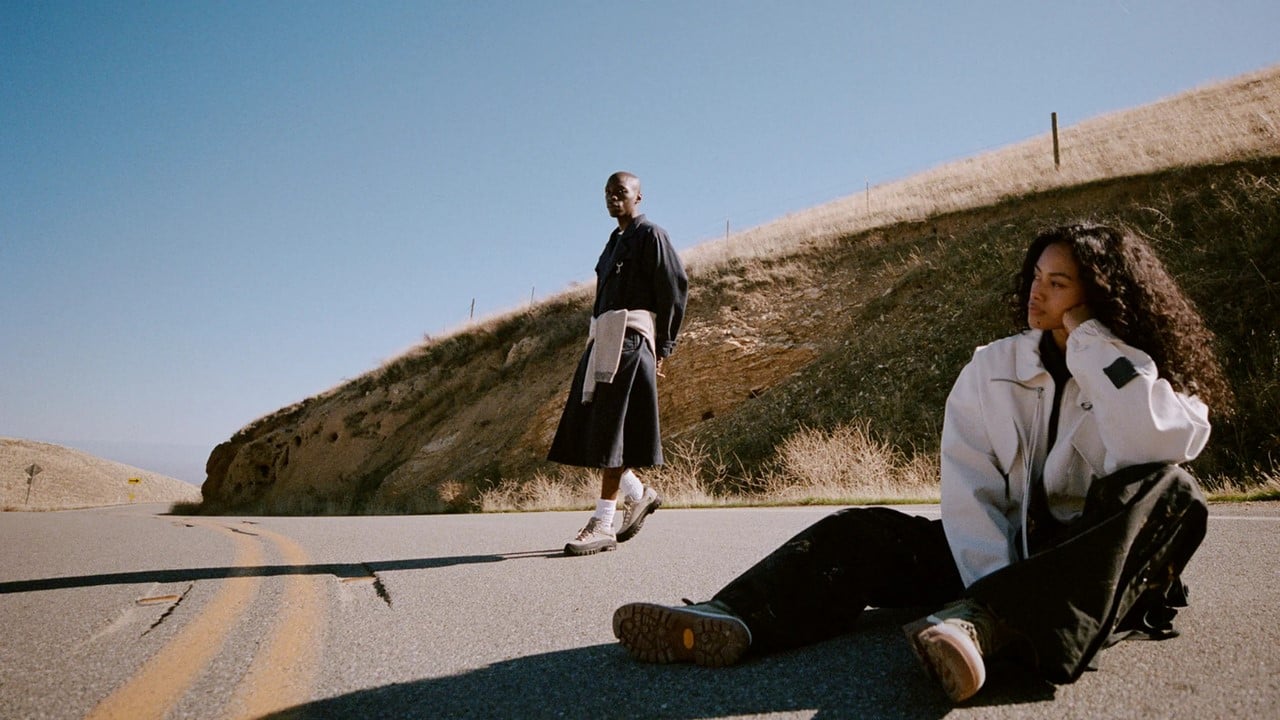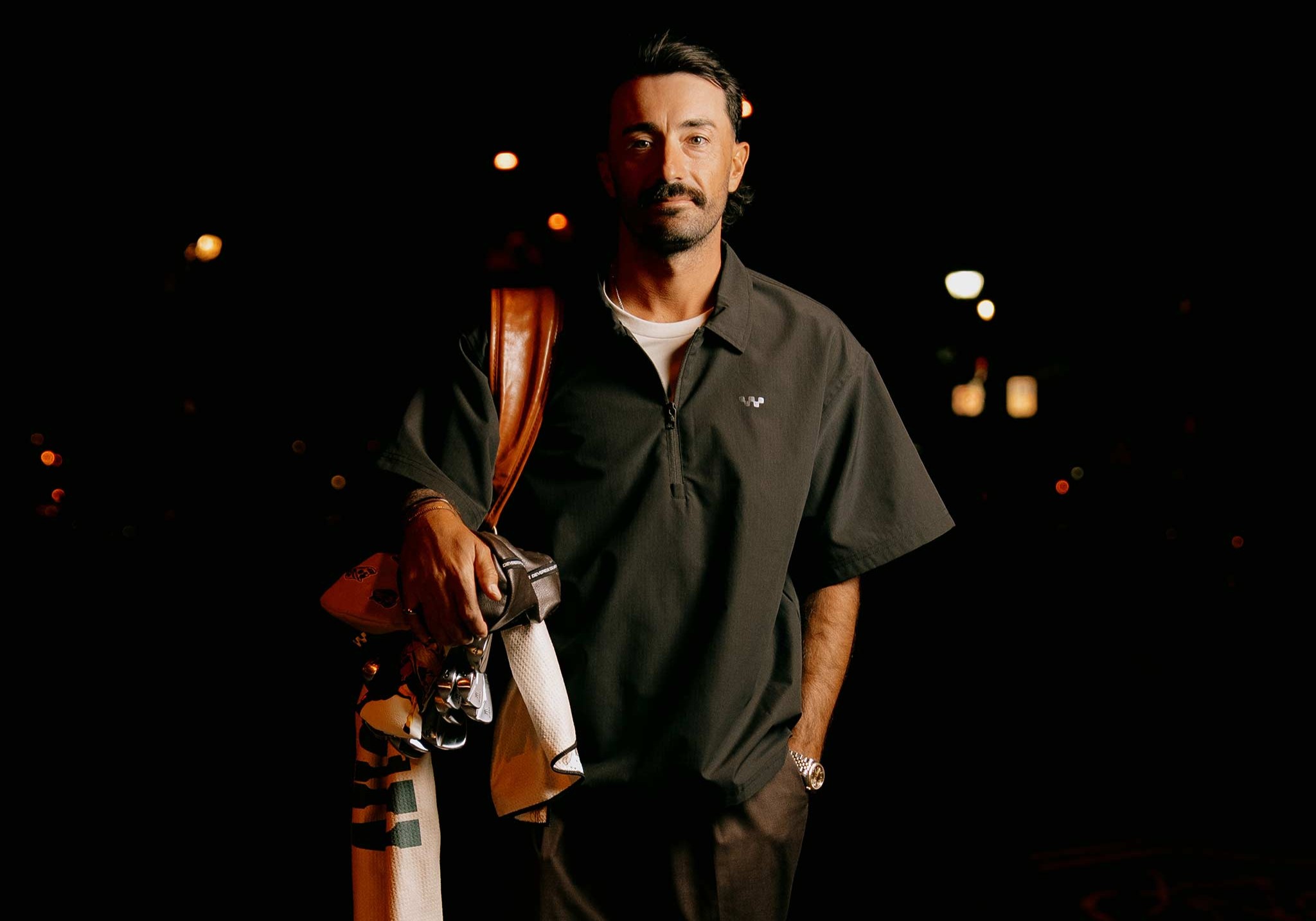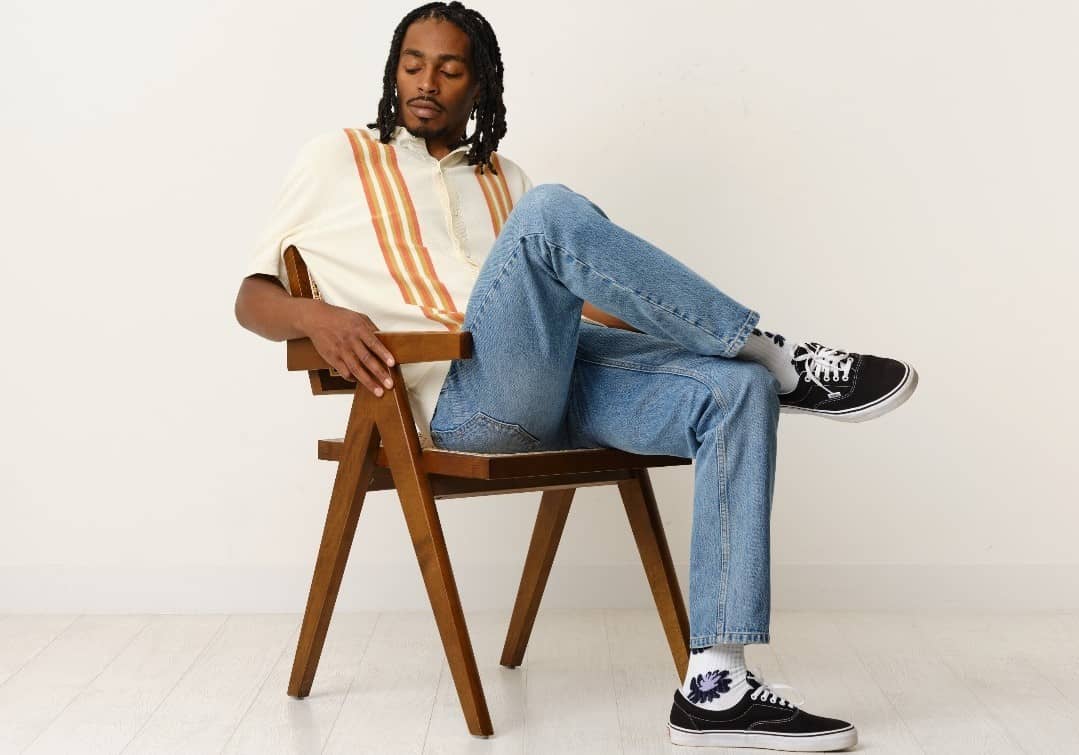The Evolution of Sex Part 3: On the Genetic Superiority of Women
Dec 24, 2025Why Your Outfits Feel Off Even When You “Match”
- Jul 8, 2025
- 0 Comments
368

We independently evaluate all recommended products and services. Any products or services put forward appear in no particular order. if you click on links we provide, we may receive compensation.
You picked pieces in the same color family. Your shoes match your belt. Your jacket coordinates with your pants. On paper, the outfit should work.
And yet—it doesn’t.
It feels flat. Overworked. Like something’s missing.
If this sounds familiar, you’re not alone. A lot of guys follow early style advice that’s all about matching—colors, patterns, accessories—but still end up with outfits that feel stiff or uninspired. The reason? Good outfits don’t just match. They flow.
Here’s why sticking too closely to “matching” can throw off your look—and how to build outfits that actually feel sharp, balanced, and personal.
The “Matching” Misconception: Where We Go Wrong
Let’s start with the myth: that coordination equals style. In reality, over-matching is one of the easiest ways to strip personality out of an outfit.
It starts with the rulebook trap—the old advice that your belt must match your shoes, that navy only goes with white or grey, that your shirt should pull from the color in your pants. While these rules can be helpful starting points, they often lead to a rigid and formulaic look.
Take the monochromatic mistake. Going full head-to-toe in one exact shade—say, all black or all navy—can look sleek. But more often, it flattens your silhouette and removes the dimension that makes an outfit visually interesting.
Then there’s over-coordination: matching every accessory perfectly, like a brown watch band, brown belt, and brown shoes all in the same tone. It feels safe, but it also feels dated—like you tried a little too hard.
And finally, a lack of contrast—too many similar tones, textures, or proportions—can make your outfit feel lifeless. The result? You look “put together,” but you don’t stand out. You blend in.
Beyond Matching: The Principles of Cohesion
To move from matching to styling, think about contrast and cohesion instead.
Start with texture contrast. Combine pieces that feel different to the touch—like a soft knit sweater with structured denim, or a suede overshirt over a crisp cotton tee. This kind of contrast adds depth, even when the colors are simple.
Then add proportion contrast. Pair a fitted tee with relaxed trousers. Layer an oversized jacket over a streamlined base. You want shape variation that flatters your frame, not pieces that all cling—or all billow.
When it comes to color, use contrast thoughtfully. Complementary and analogous palettes (colors next to or across from each other on the color wheel) offer more dimension than exact matches. For example, pair camel with navy, or olive with rust.
You can also build around harmonious palettes—like earthy tones, cool tones, or neutrals. This lets you play with a range of shades (e.g., off-white, taupe, and espresso brown) that feel cohesive without being repetitive.
And don’t forget the power of shade variation. Navy with sky blue. Olive with sage. It shows you understand tone—not just color.
Finally, mix patterns carefully. A micro-check with a fine stripe works if the colors connect. Just keep at least one piece simple to ground the look.
Fit and Silhouette: The Real Style Foundation
No amount of color coordination can save an outfit that doesn’t fit.
Fit is everything. Even the best color combos fall flat if your clothes sag, bunch, or stretch in the wrong places.
Think in terms of silhouette. Slim on top and wide on bottom, or vice versa. If both your pants and your top are loose, add structure somewhere—like a belt or fitted undershirt—to create shape.
A quick way to visually balance your outfit? Use the rule of thirds. Break your look into thirds vertically—1/3 on top, 2/3 on bottom (or the reverse). For example, tuck in your shirt slightly to shift your visual center. It’s subtle, but effective.

Adding Interest: The Details That Elevate
The easiest way to move beyond matching? Start with details.
Accessories should accent—not repeat. Your belt doesn’t have to match your shoes. It just has to complement them. A leather bracelet, silver chain, or even colored socks can pull an outfit together without being obvious.
Layering adds dimension. An unbuttoned shirt over a tee, a vest under a jacket, a hoodie under a coat—these moves break up the monotony and create depth.
Add one unexpected twist. This could be a vintage graphic tee under a blazer, bold socks with tailored pants, or a patterned scarf with a neutral outfit. It gives your look personality without sacrificing cohesion.
Most importantly? Add a personal touch. Whether it’s a signature color, a favorite accessory, or just the way you roll your sleeves—great style reflects you, not just a rulebook.
Final Thought
Matching might keep things safe. But cohesion, contrast, and character are what make an outfit work.
The next time your outfit feels “off,” don’t blame the color pairing. Look at the full picture—fit, texture, silhouette, contrast. You’ll be surprised how small tweaks can unlock way more impact.
Because style isn’t about looking correct. It’s about looking complete.
The editorial team at FashionBeans is your trusted partner in redefining modern men’s style. Established in 2007, FashionBeans has evolved into a leading authority in men’s fashion, with millions of readers seeking practical advice, expert insights, and real-world inspiration for curating their wardrobe and lifestyle.
Our editorial team combines over 50 years of collective experience in fashion journalism, styling, and retail. Each editor brings specialized expertise—from luxury fashion and sustainable style to the latest grooming technology and fragrance science. With backgrounds ranging from GQ and Esquire to personal styling for celebrities, our team ensures every recommendation comes from a place of deep industry knowledge.
Publisher: Source link







